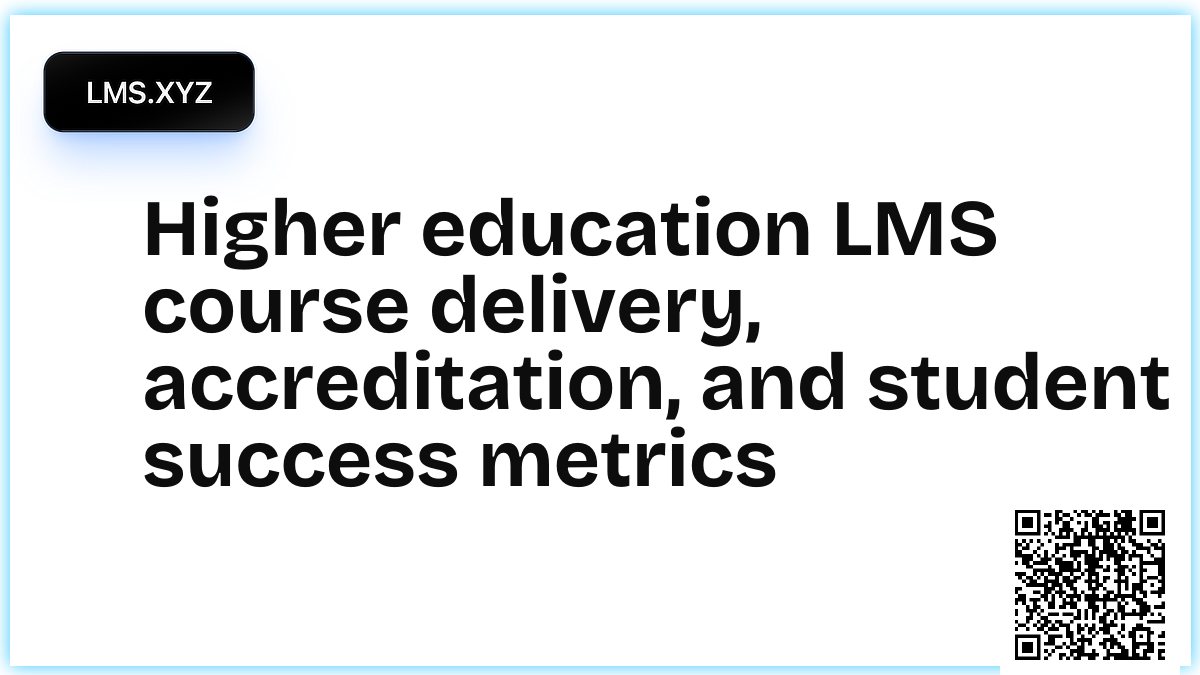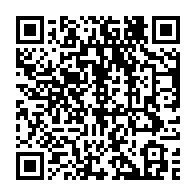Higher education LMS course delivery, accreditation, and student success metrics

Universities and colleges depend on an LMS for teaching and research support. The platform must scale across large enrollments, handle complex programs, and feed institutional reporting. Strong foundations in standards and analytics help meet accreditation and student success goals.
Course delivery at scale
Large lecture courses demand stable performance during peak traffic. Load testing and graceful degradation protect live sessions. Caching, edge delivery, and efficient queries reduce page latency.
Hybrid and online programs need flexible tools. Instructors expect discussion forums, group workspaces, peer review, and proctored assessments. Version control for syllabi and assignments reduces confusion during fast changes.
Graduate seminars look different. Small group tools and research integrations support deeper work. Clear permissions separate labs, grants, and courses while preserving collaboration.
Standards and research tools
Standards ease integration across a complex stack. LTI enables deep links to simulations, virtual labs, and discipline specific tools. xAPI captures activity outside the LMS and supports analysis in a central store.
Repositories and libraries remain central in higher education. Persistent links, citation exports, and copyright controls should be first class. Faculty want to embed readings without breaking access rules.
Accessibility and academic integrity
Accessibility supports inclusion and reduces risk. Platforms should support captions, transcripts, and keyboard navigation. Interfaces must work with screen readers and alternative input devices.
Academic integrity relies on clear expectations and thoughtful assessment design. Randomized question banks, time windows, and proctoring reduce cheating. Authentic assessments like projects or oral exams can complement quizzes.
Data governance and privacy
Institutions manage sensitive data across many systems. Role based access and strong audit logs protect student and research records. Data retention policies should reflect program needs and legal requirements.
Consent management matters, especially when research intersects with course activity. The LMS should separate research data collection from instructional data. Clear labeling and opt in flows prevent confusion.
Student success metrics
Student success teams need timely, actionable data. Early alerts for missed assignments, low engagement, or low scores allow interventions. Advisors benefit from dashboards that combine LMS data with enrollment and aid data.
Learning analytics works best with care. Use small, validated signals and communicate how data will be used. Students and faculty should understand the value and the limits of predictive models.
Accreditation and quality assurance
Accreditation teams ask for evidence across curriculum, assessment, and outcomes. An LMS can help document alignment between course objectives and program goals. Rubrics and outcome tags provide a traceable link from assignment to standard.
Program reviews depend on consistent artifacts. Syllabi, assignments, and assessment results should be easy to export and archive. Versioned templates reduce drift across sections and semesters.
Implementation and change management
Campus wide deployments require careful coordination. Engage faculty champions early and fund course design support. Provide office hours and peer mentors within colleges and departments.
Migration from a legacy LMS needs a structured plan. Map content types, test conversion, and run parallel pilots. Communicate what will move, what will not, and the timeline for each cohort.
Cost, staffing, and ROI
Budgets in higher education are tight. Total cost of ownership includes licenses, hosting, support, and instructional design. Shared services and central contracts can reduce duplication.
ROI shows up in retention, time to graduation, and faculty efficiency. Faster content workflows and better analytics free hours for teaching and advising. Tie investments to measurable student outcomes.
Buyer checklist
- Scale: performance under peak load, course copy speed
- Standards: LTI, xAPI, repository support
- Integrity: proctoring, randomization, audit trails
- Accessibility: captions, transcripts, keyboard navigation
- Governance: roles, logs, retention controls
- Analytics: early alerts, exports, advisor views
Bottom line
Higher education LMS platforms must handle diverse programs and high stakes reporting. Standards, accessibility, and analytics are the levers that drive results. With clear governance and change management, the system supports both quality and scale.
Related posts
- Learning management system features, selection, and ROI benchmarks Learning management systems sit at the center of digital training. Buyers ask the same questions every cycle: what capabilities matter, how …
- K-12 learning management system curriculum alignment, rostering, and student data privacy Districts rely on learning management systems to support daily instruction. The right platform aligns to standards, reduces login pain, and …
